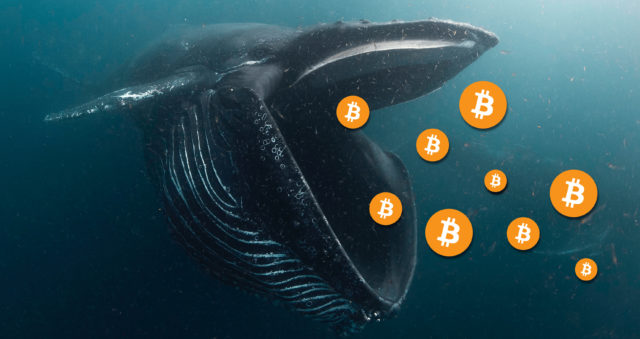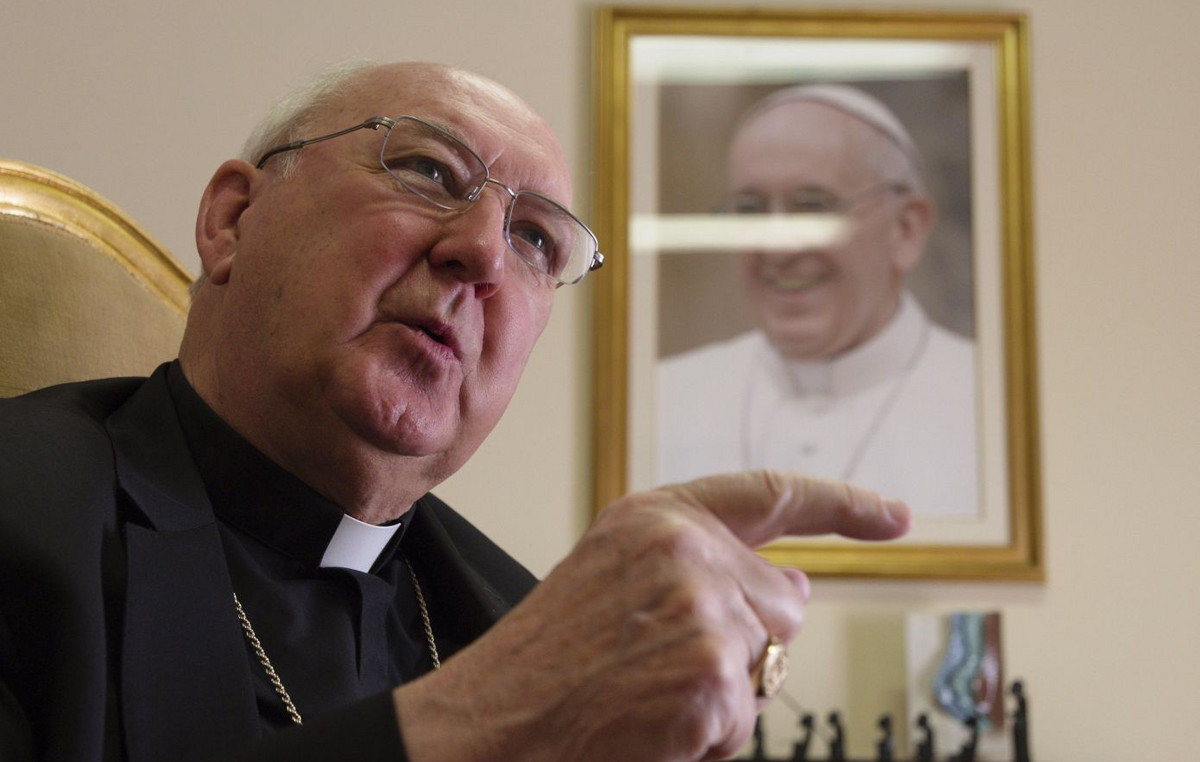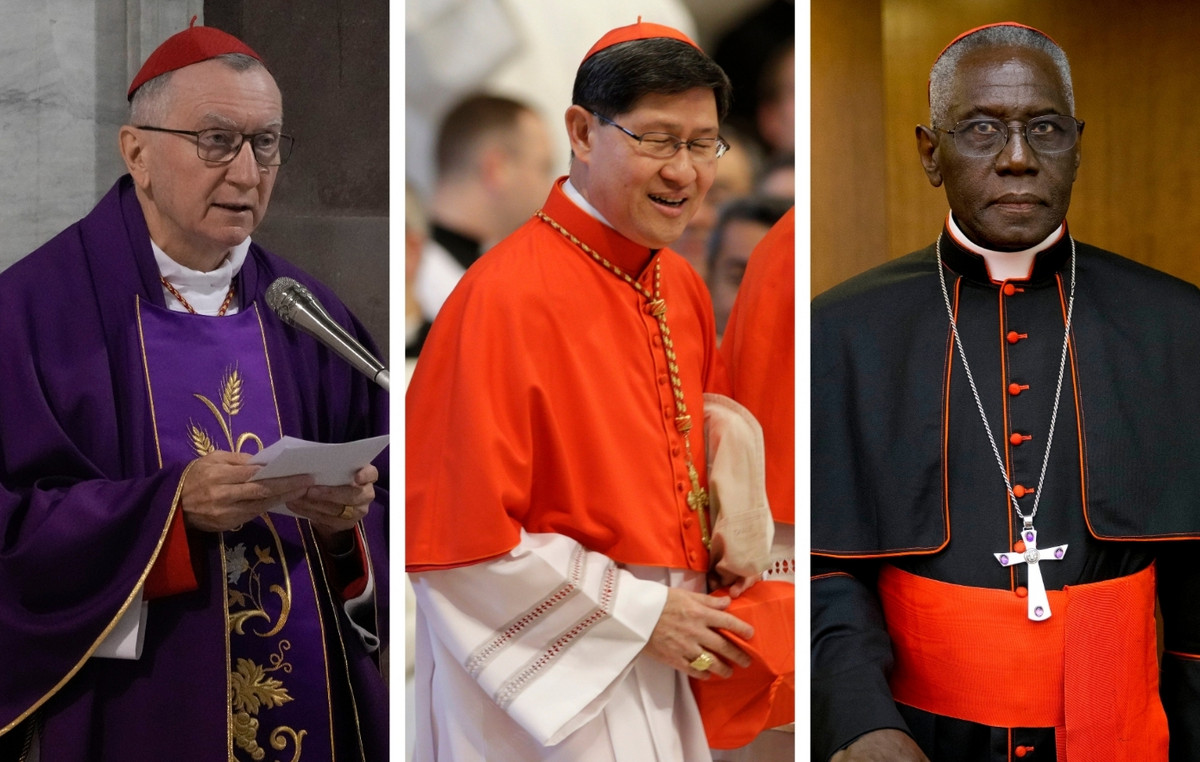THE Easter egg It is a millennial symbol of the festive and religious date of the Christianity which ends the Lent of Belief, a period of fasting for Christians, and marks the crucifixion, death and resurrection of Jesus Christ. With the most diverse types, from simple milk chocolate to spoon eggs, How this millennial tradition emerged ?
The theories and stories of eggs, which were not edible at first are varied around the world. Despite being a religious date, pagan influences, that is, groups that practiced polytheistic religions, also played a role to make the symbol in a tradition of the time.
The egg was a traditional ancient attribute, prior to Christianity, “which represented fertility for different people” pagan, according to the research “Easter eggs: a practice with mathematical modeling”, published in the scientific journal Brazilian Journal of Development. This importance could be observed in other populations, such as the Persians, that They painted eggs in celebration of Nowruz their New Year, considered a period of renewal.
Centuries before Christ’s birth, egg exchange was common on March 21, in the spring equinox in the northern hemisphere, which marked the end of winter and the beginning of the new season. At that time, farmers believed that, If they bury eggs, they would have good harvests and lands of cultivation in the season – And so they did.
How, historically, Easter can happen between March 22 and April 25, shortly after the equinox, Christianity considered the Easter egg A symbol of the resurrection of Christ And it started to use it in the early centuries of the religious era, according to the conversion of pagan peoples.
Eastern Europe also brings an old tradition of coloring Easter eggs – Activity known as pysanka . In Ukraine, for example, peoples decorate eggs with standards that have specific meanings about health, purity, protection and fertility, according to the book on tradition, “One Hour Easter Egg Workshop”, written by Oksana Zavadenko. The custom of giving friends and family with these objects only spread in Europe during the Middle Ages.
And when the Easter eggs became edible? Chocolate, considered sacred ingredient for the civilizations of the Mayans and Aztecs, only entered the menu between the 19th and 20th centuries, according to scholars. The movement began in Europe and marked both cooking innovation and the adaptation of the celebration.
It is also important to highlight that, for Jews, Easter, or Pessach which means Freedom Festival carries another religious importance. For them, the celebration marks the period in which they left Egypt, where they lived for four centuries as slaves. The date records the beginning of the biblical calendar of Israel.
When did Brazil implement Easter eggs?
The coming of Easter eggs to Brazil was slower than in other nations: arriving in the country only in the 20th century after the Golden Law, which abolished slavery in Brazil, in 1888. The research of the scientific journal Brazilian Journal of Development points out that centuries of slave labor and colonization of the Portuguese can be one of the reasons for this delay.
In addition to these reasons, scholars also explain that there was difficulty in implementing tradition in Brazil for the exchange of eggs to be a playful activity – a practice that places children in the spotlight of consumption. As they were considered “small adults” by slave society, Easter eggs took even longer to be successful in the country.
Currently, Easter eggs, which were 9.5% more expensive in 2025, a symbol of festivity around the world, with the most diverse types and for all tastes. In Brazil, it is possible to find eggs with toys of toast to stuffed and spoon options – with or without lactose.
For researchers cited in the report, the symbolism of today’s Christian Easter means the renewal, hope and celebration of life.
“Pascal symbols-the lamb, the lights and candles, the Easter Cirio, the rabbit and the eggs of Easter-intertwine to form a rich and multifaceted narrative that celebrates the universal themes of redemption, sacrifice, renewal, hope and the victory of life on death,” says an excerpt from the book “The Ritual of Easter in St. Peter” and Cristina. Rolim Wolffenbüttel.
Sources
- “The Passover ritual in the colony of St. Peter”, by Virginia and Cristina Rolim Wolffenbüttel;
- “Newroz from Kurdish and Persian perspectives – a comparative study,” by Hewa Salam Khalid, published in the scientific journal JStor
- “Easter eggs: a practice with mathematical modeling”, by Adriana Cristina Loli, Liane Maria da Silva, Rafaeli Ramos and Dionísio Burak, published in the scientific journal Brazilian Journal of Development
- “One Hour Easter Egg Workshop: Make Your Own Pysanka From An Egg. Stress Relief Activity for Adults,” Oksana Zavadenko’s book
- “Easter through the centuries”, by Emerson Claudio Mildenberg, published in Terra & Cultura magazine
The Post How did the Easter Egg Tradition come about in Brazil and worldwide? APPEARED FIRST ON CNN BRAZIL V&G.
Source: CNN Brasil
Johanna Foster is an expert opinion writer with over 7 years of experience. She has a reputation for delivering insightful and thought-provoking articles on a variety of subjects. Her work can be found on some of the top online news websites, and she is currently lending her voice to the world stock market.







